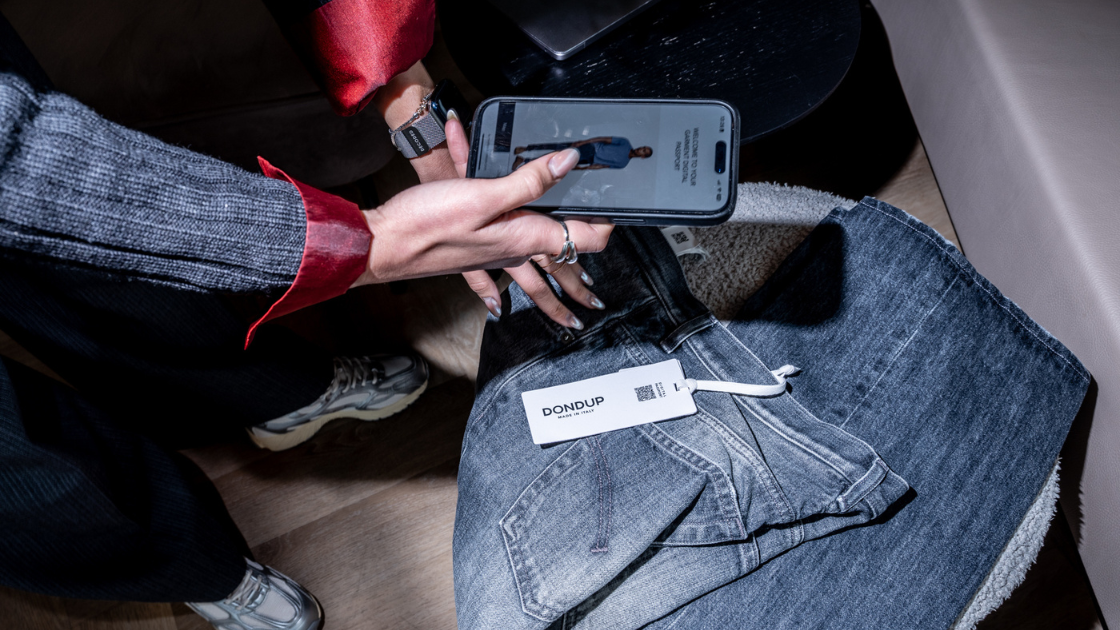In the dynamic landscape of supply chain management, traceability has become a a critical component of supply chain management, particularly in industries like fashion and textiles where transparency and accountability are demanded by the market and regulations.
Traceability ensures that companies can track the journey of their products from raw materials to finished goods, enabling them to address issues such as sustainability, ethical sourcing, and quality control.
Here, we delve into the three levels of traceability that companies can implement to enhance their supply chain management practices.
If you are looking for a list of traceability and supply chain transparency solutions, you can find it here.
Unsure this is what you are looking for? Find the definition of traceability here.
1. Supplier Mapping: laying the foundation
At the foundational level, supplier mapping involves identifying and mapping out the network of suppliers and subcontractors involved in the production process.
This level of traceability provides companies with visibility into their supply chain, allowing them to understand the geographic locations of their suppliers, their roles in the production process, and potential risks associated with each supplier.
2. Single-Tier/Internal Traceability: following the thread
Building upon supplier mapping, internal traceability focuses on tracking the movement of materials and components within the company's own facilities and operations. This level of traceability involves implementing systems and processes that enable companies to monitor the flow of materials, track work-in-progress inventory, and ensure compliance with quality standards and regulatory requirements.
Tracking capabilities stop at the direct tier of suppliers.
By adopting technologies like RFID, barcoding, or blockchain, businesses gain real-time insights into the movement and transformation of materials, allowing for quick identification of potential issues and streamlined quality control.
Internal traceability is essential for maintaining efficiency, reducing waste, and identifying areas for improvement within the production process.
3. Multi-Tier Traceability: unveiling the entire network
The highest level of traceability, multi-tier traceability, extends beyond internal operations to encompass the entire supply chain ecosystem, including suppliers' suppliers and beyond.
This level of traceability requires collaboration and data sharing among all stakeholders in the supply chain, from raw material suppliers to manufacturers, distributors, and retailers.
By implementing multi-tier traceability, companies can gain deeper insights into the origin of materials, identify potential risks and vulnerabilities throughout the supply chain, and respond proactively to emerging issues such as environmental concerns, labor violations, and disruptions.
Technologies like blockchain play a pivotal role in creating an unalterable record of each transaction, fostering a transparent and resilient supply chain ecosystem.
In conclusion, the journey through the three levels of traceability signifies a commitment to transparency, ethical sourcing, and risk mitigation. As businesses evolve, embracing multi-tier traceability becomes instrumental in navigating the complexities of the modern supply chain, ensuring not only compliance but also fostering a culture of responsibility that meet the evolving needs and expectations of consumers and stakeholders alike.
At Renoon, we recognise the difficulty in identifying the right tools to effectively adopt and scale traceability solutions to prepare for regulations while gaining competitive advantage.
We have an open and collaborative approach with businesses and solutions, integrating with many of them.
Please reach out to info@renoon.com or Book a Demo.

.png)







.png)




















.png)

.png)
.png)
.png)
.png)

.jpg)
.png)
.png)



.png)
.png)


.png)
.png)

.png)

